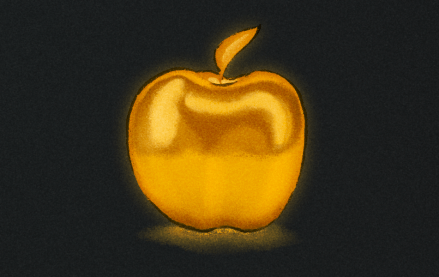Ron Paul is a hero on the Internet. In the mainstream media, not so much.
Paul has rabidly vocal supporters. The video has drawn over 4,500 comments on YouTube. Like most politicians, Paul’s campaign uses social media for outreach. He has 450,000 likes on Facebook, far more than his more scrutinized competitors like Michelle Bachman (15,000) and Jon Huntsman (13,000). (GOP frontrunner Mitt Romney trounces the field, boasting over 1 million likes.)
Paul’s ad mimics a movie trailer with everything from a green screen with the words: “The following preview has been approved for all audiences” to an overly serious narrator. The titles look like they can be in “Battlestar Galactica.”
The ad recalls Tim Pawlenty’s ad from earlier this year, which also used a fake movie-trailer theme. Pawlenty, of course, dropped out the race after coming in third, behind Ron Paul, in the Ames Straw Poll in Iowa earlier this month.
Ron Paul’s treatment by the media is close to meme status at this point. The campaign even plays it up on his website. Parlaying that into winning the nomination remains a long shot.
More in Media

Digiday+ Research: Subscriptions and events gain steam among publishers’ most significant sources of revenue
Direct-sold ads continue to be the dominant source of publishers’ revenue as we move out of the first quarter. But other revenue sources are gaining in importance, particularly subscriptions and events.

Media Briefing: Apple News ad monetization still ‘abysmal’ for some
Publishers still can’t make meaningful ad revenue from Apple News despite its push to sell more ad inventory.

Andre ‘Typical Gamer’ Rebelo hits 1 million followers on Fortnite
As Epic Games looks to establish Fortnite as an alternative to platforms such as Roblox for metaverse-interested brands, seeing an individual creator reach one million followers could help convince more marketers to turn their attention to Fortnite Creative.





